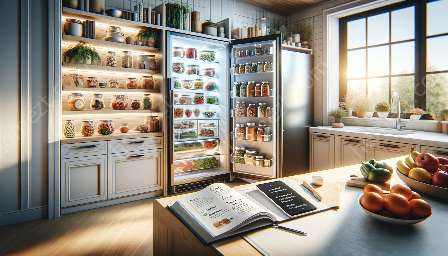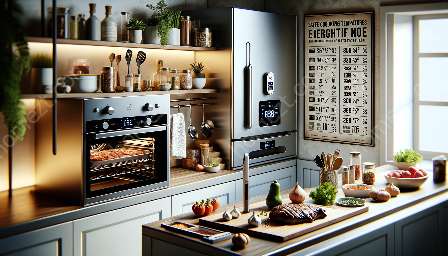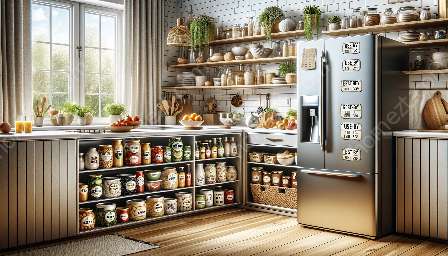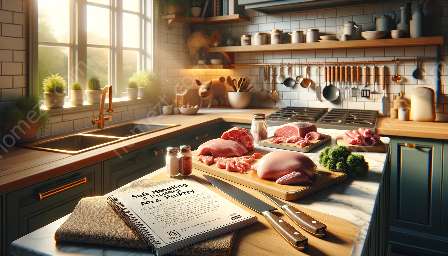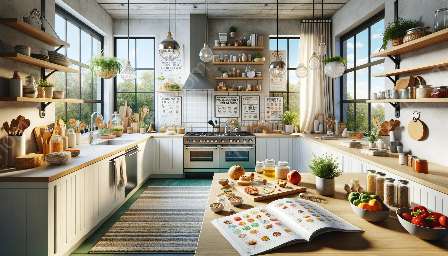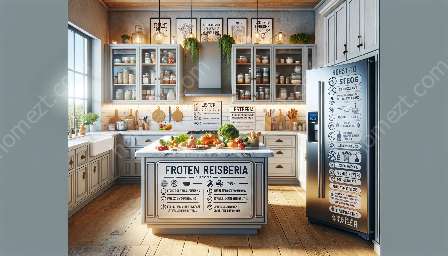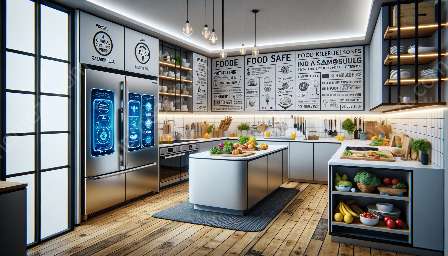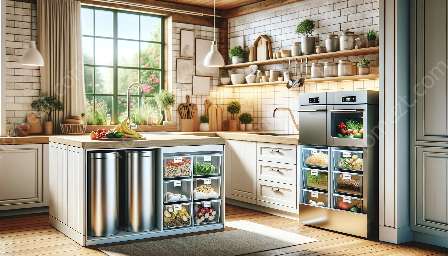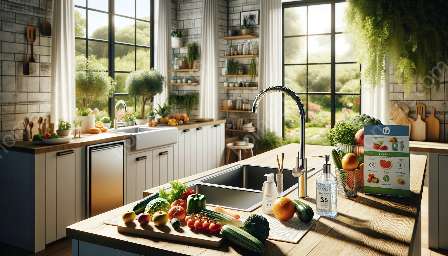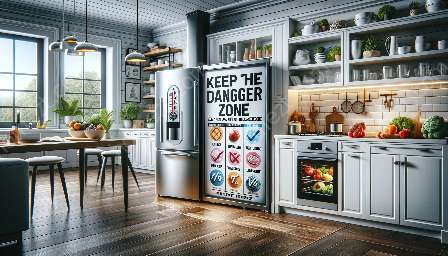Food safety in home kitchens is of utmost importance to prevent foodborne illnesses such as Salmonella and E. coli. By following proper guidelines and maintaining a secure home kitchen environment, you can protect your family from these harmful pathogens.
Understanding Salmonella and E. coli
Salmonella and E. coli are bacteria that can cause foodborne illnesses when consumed through contaminated food or water. Symptoms of these illnesses include diarrhea, abdominal cramps, and fever, and in severe cases, they can lead to hospitalization and even death.
Implementing Food Safety Practices
Preventing the contamination of home-cooked foods with Salmonella and E. coli starts with implementing proper food safety practices. This includes:
- Washing hands: Always wash your hands with soap and water before and after handling food, especially raw meats and eggs.
- Cleaning and sanitizing: Keep kitchen surfaces, utensils, and cutting boards clean and sanitized to prevent cross-contamination.
- Separating raw and cooked foods: Use separate cutting boards and utensils for raw meats and other foods to prevent the spread of bacteria.
- Cooking to safe temperatures: Use a food thermometer to ensure that meats, poultry, and eggs are cooked to their safe internal temperatures to kill any harmful bacteria.
- Refrigerating promptly: Refrigerate perishable foods promptly to slow down the growth of bacteria.
- Avoiding cross-contamination: Store raw meats away from ready-to-eat foods in the refrigerator to avoid cross-contamination.
Maintaining Home Safety & Security
Aside from following food safety practices, maintaining a secure and safe home kitchen environment also plays a crucial role in preventing the contamination of home-cooked foods with Salmonella and E. coli. This includes:
- Proper food storage: Store perishable foods in the refrigerator or freezer to keep bacteria from multiplying.
- Pest control: Seal any cracks or crevices in the kitchen to prevent pests, which can carry harmful bacteria, from entering the food preparation areas.
- Clean and organized kitchen: Regularly clean and organize your kitchen to prevent the accumulation of food debris and potential contamination.
- Proper waste disposal: Dispose of food waste promptly and properly to discourage the presence of pests and bacteria.
Conclusion
Preventing Salmonella and E. coli in home-cooked foods requires a combination of food safety practices and a secure home kitchen environment. By understanding the risks associated with these bacteria and implementing proper guidelines, you can ensure that the food you prepare for your family is safe and free from harmful pathogens.

